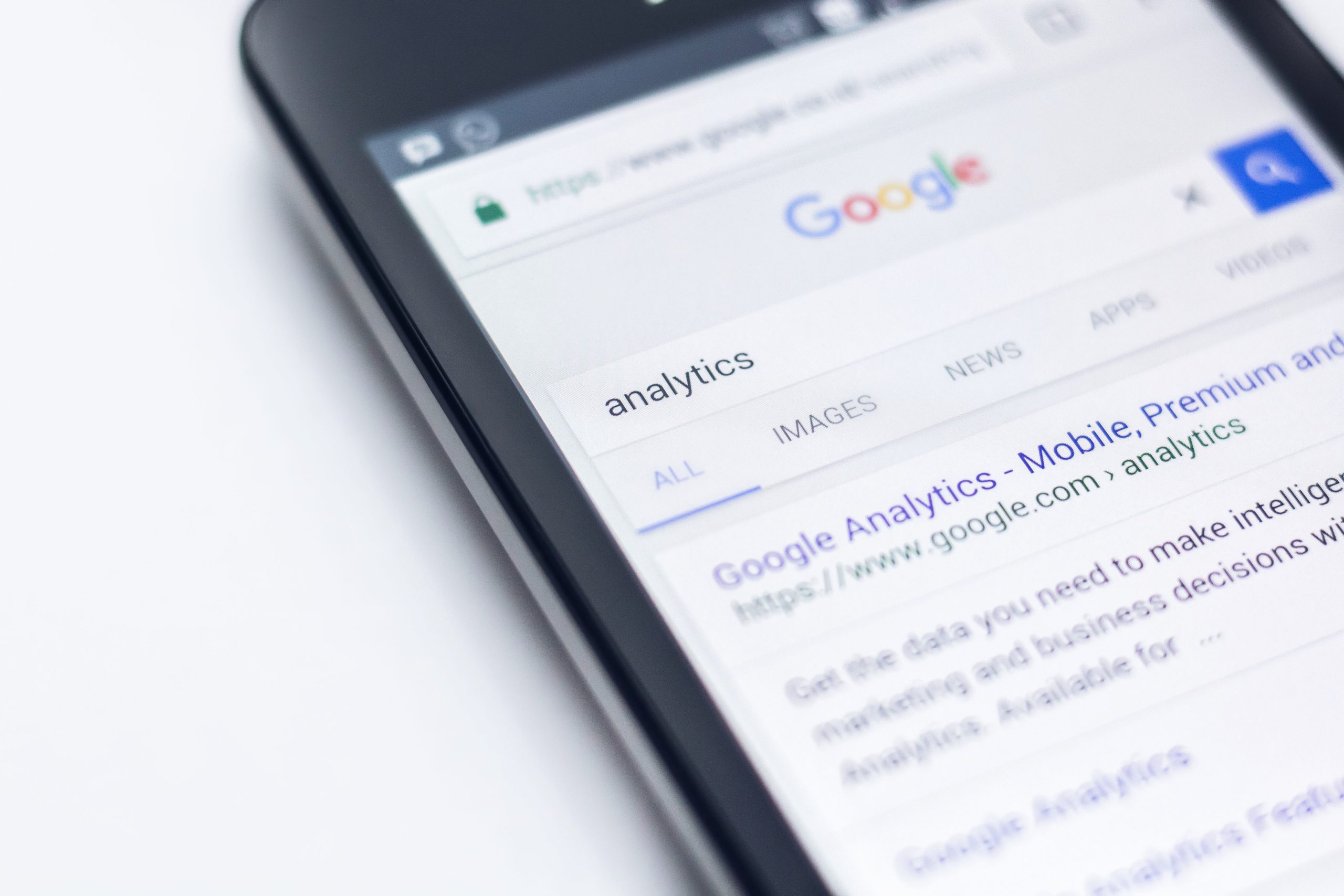

Don't you want to read? Try listening to the article in audio mode 🎧
If you are a regular user of Google Analytics you will have probably noticed that a little over a month ago an alert appeared at the top of the platform inviting you to migrate to Google Analytics 4 (GA4, in short), because as of 1st July 2023 (October for GA360) Google Analytics Universal (GAU) will stop collecting data.
Google Analytics 4 has its roots in Firebase Analytics, a tracking system of a platform acquired 8 years ago by Google, and which has become Google's flagship solution for developing apps.
GA4 has been subjected to several name changes during its development. Some of you will probably remember it as Google App + Web, but its heart remains Firebase's tracking model.
The update to GA4 derives from the changes in the use of content which have occurred in the last 20 years: we have gone from Web 1.0 of static content (for which the pageview denoted the actual loading of page, and the concept of session represented very well the user’s real browsing) to Web 2.0 (with dynamic content and single page applications in which pageviews and sessions began to lose their meaning), to finally reach Web 3.0 where the fluidity of navigation between different devices, and the symbiotic interaction of apps and websites undermined the session.
GA4 therefore aims to measure web and app browsing, in accordance with the dynamics of Web 3.0.
Measurement protocol v2
To analyze the differences between Google Analytics Universal (GAU, in short) and GA4 we must start from the Measurement Protocol, or rather the structure that describes how data must be sent to Google's servers, which switches from GAU version 1 to GA4 version 2. Each atomic analytic interaction is sent as a hit. In Measurement Protocol v1 there are 5 different types:- pageview/screen view
- event
- e-commerce
- social
- timing
- automatically collected events (the events are collected automatically once the analytical library is installed)
- custom events (manually tracked events)
- enhanced measurement events (events collected automatically from the analytical libraries once the advanced settings have been enabled)
- at least two pageview/screen view events
- a session duration greater than 10 seconds
- a conversion.
Why to use GA4
GA4 therefore becomes the best tool for measuring the interactions of users browsing apps and websites. So, what are its strengths?- It is web and app 'ready': it is able to natively manage the tracking of both apps and websites. By standardizing the names of events and parameters, it is in fact possible to unify the interactions, regardless of the device or technology used. The enhancement of user recognition through the User ID and Google Signals also allows you to unify the navigation of the same user between the app and the web.
- It is fully customizable: GAU's strong point was the standardization of basic tracking methods. Thanks to the recommended events, GA4 can offer the same, while allowing the events tracking with all the features we need. The new parameters ensure a much more powerful customization than the old event structure flanked by Custom Dimensions.
- Limited sampling: the sampling limits have been strongly raised, to fill one of the big limits of GAU free (not 360).
- Native and free integration with Marketing Platform tools and BigQuery: Unlike GAU free, GA4 free allows to export audiences to DV360 and to send raw data to BigQuery.
- Marketing friendly: the improved management of conversions, which replace goals, and the possibility of creating conversions starting from specific events sequences makes GA4 a very powerful tool for building specific audiences. Also, a native integration with Marketing Platform tools makes them easy to activate.
- Limited interface: the reporting interface does not currently allow complex analysis, and it proves to be meager compared to GAU. In order to take full advantage of GA4, you need to go from Explorer to create custom reports, or leverage the raw data on BigQuery through ad hoc sql queries.
- Lacking features: although GA4 has been indicated as a successor to GAU, it still has several deficiencies that do not allow it to be, at the time of writing this article, sufficiently far advanced to be used instead of GAU. For example, traffic channels customization, conversion rate and landing pages are missing,
Preparing for migration
Based on the weaknesses of GA4, if you already use GAU to run analysis and collect data, we recommend preparing for migration by setting up parallel tracking. In this way, we can become familiar with a new way of collecting and analyzing data, and to have a data history ready by the time GAU will no longer be active. At the same time, we recommend report creation on Explorer, DataStudio, or other data visualization tools to compare the volumes and differences between the two Measurement Protocols.
Article updated on: 09 August 2023

Don't Waste Your Talent. Turn It Into a Career With a Course That Fits Your Needs!
Talent Garden is your Digital Skills Academy, offering courses in Digital Marketing, UX Design, Digital HR and Data Analysis designed to launch your career.
Keep reading

13
min read
Designing Ethically and Practically while Profiting interview with River Gandour
River, can you tell us about yourself? I made games and animations for my classmates during high school, at the time I ...
Talent Garden
01/12/2020

5
min read
Growth & Digital Marketing Specialists: who are they, what do they do, and how much do they earn?
Do you dream of reaching your target? And generate lots of leads? So, this is the article for you. In fact, you will ...
Talent Garden
01/07/2019

5
min read
What is Google Tag Manager, how it works and why to use it
A Tag Manager, formally Tag Management System, is a platform that allows you to manage tags, a term used to indicate ...
Talent Garden
18/05/2022

7
min read
Why Smoother HR Processes Matter for Growing Businesses
The quality of your HR processes greatly influences the employee experience of your team members, as well as how ...
Talent Garden
06/07/2023
